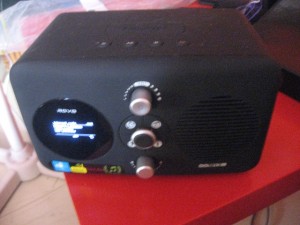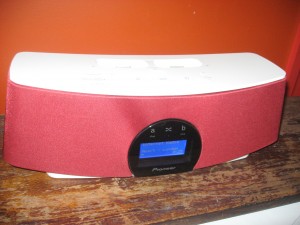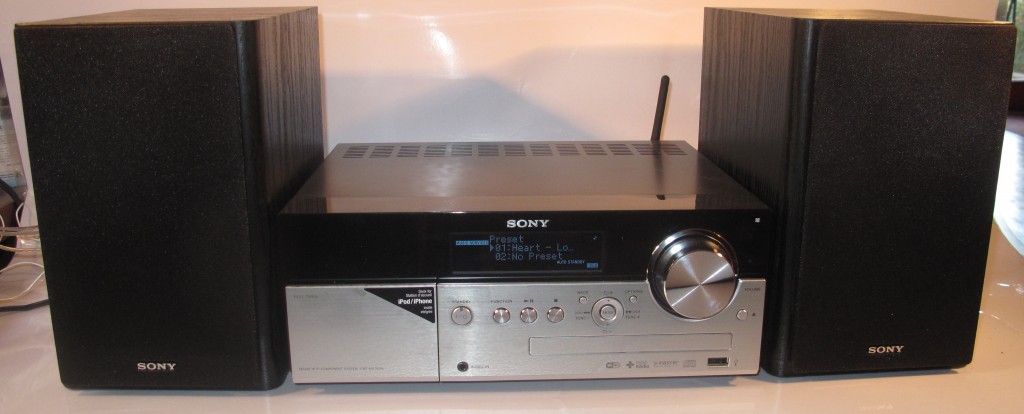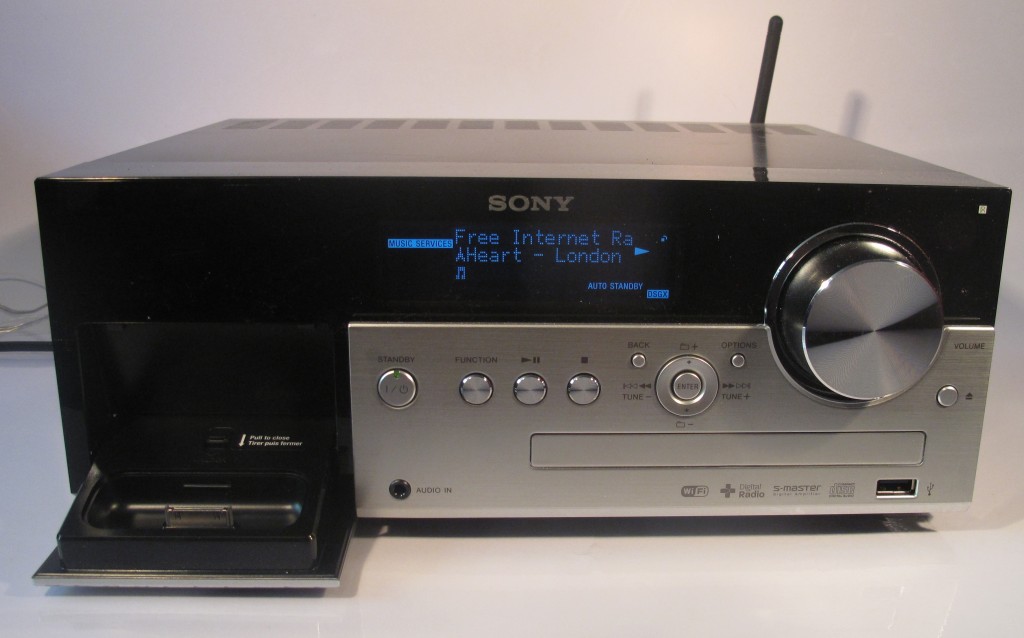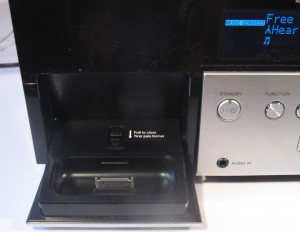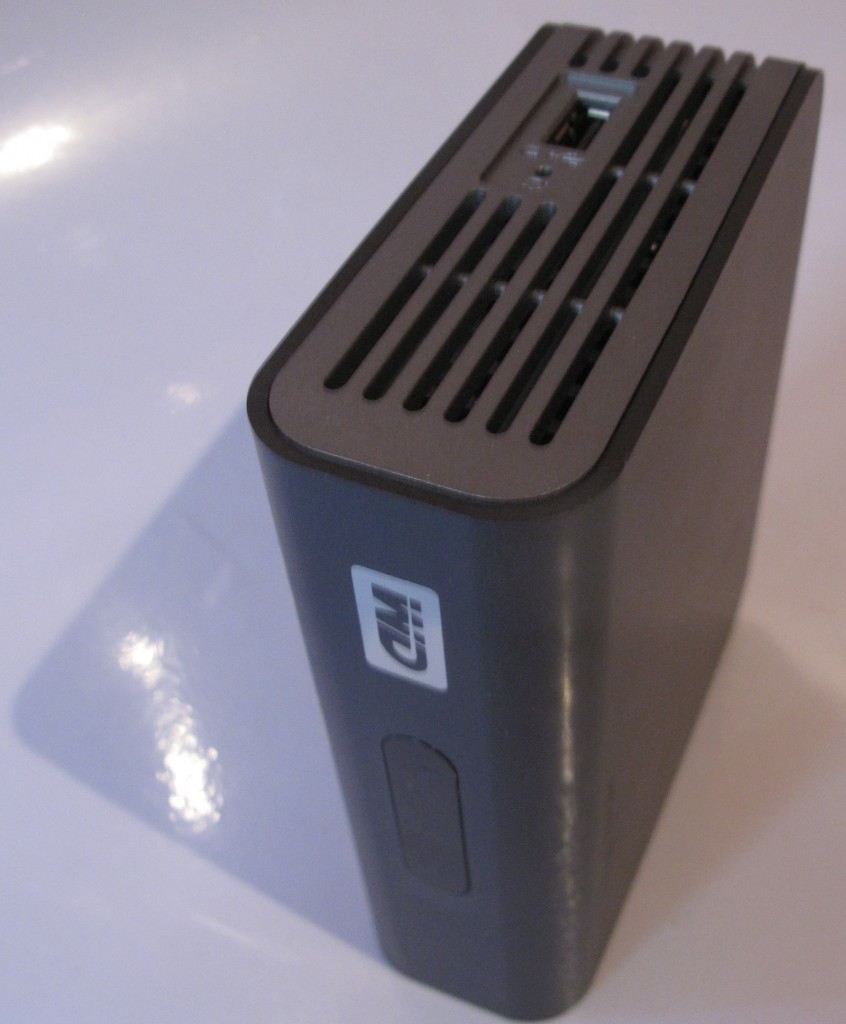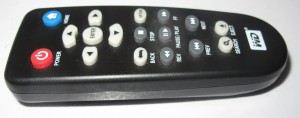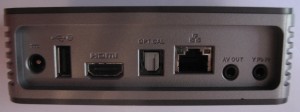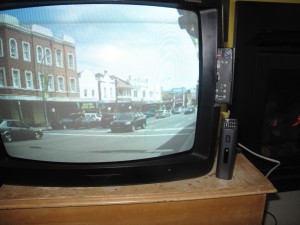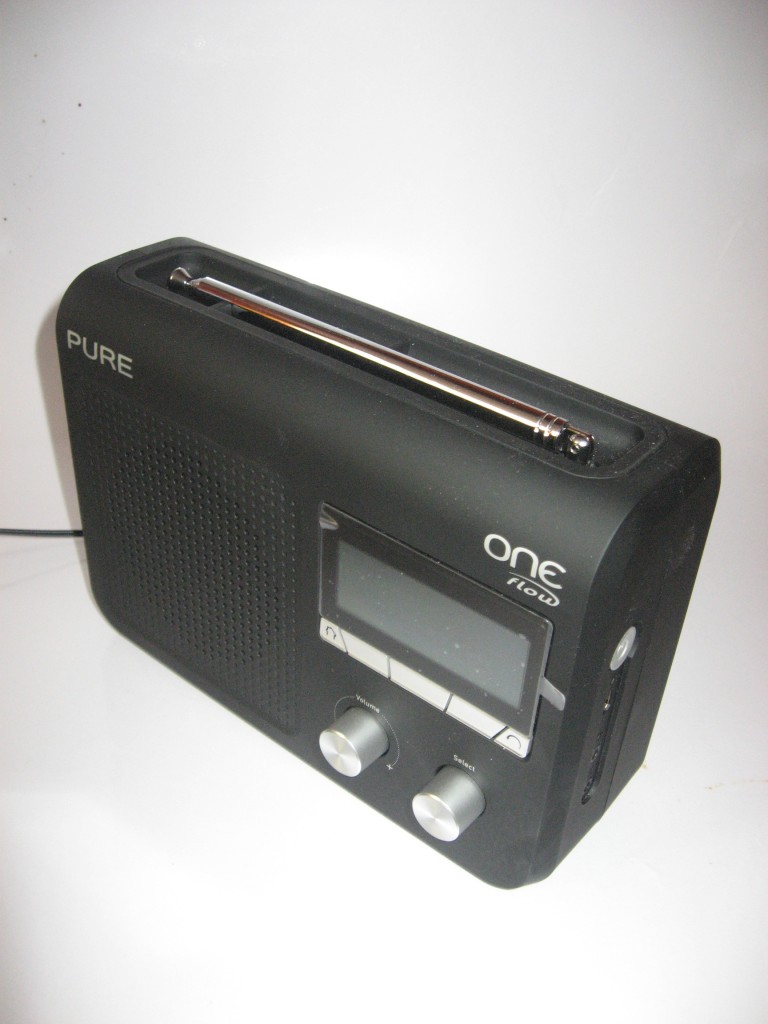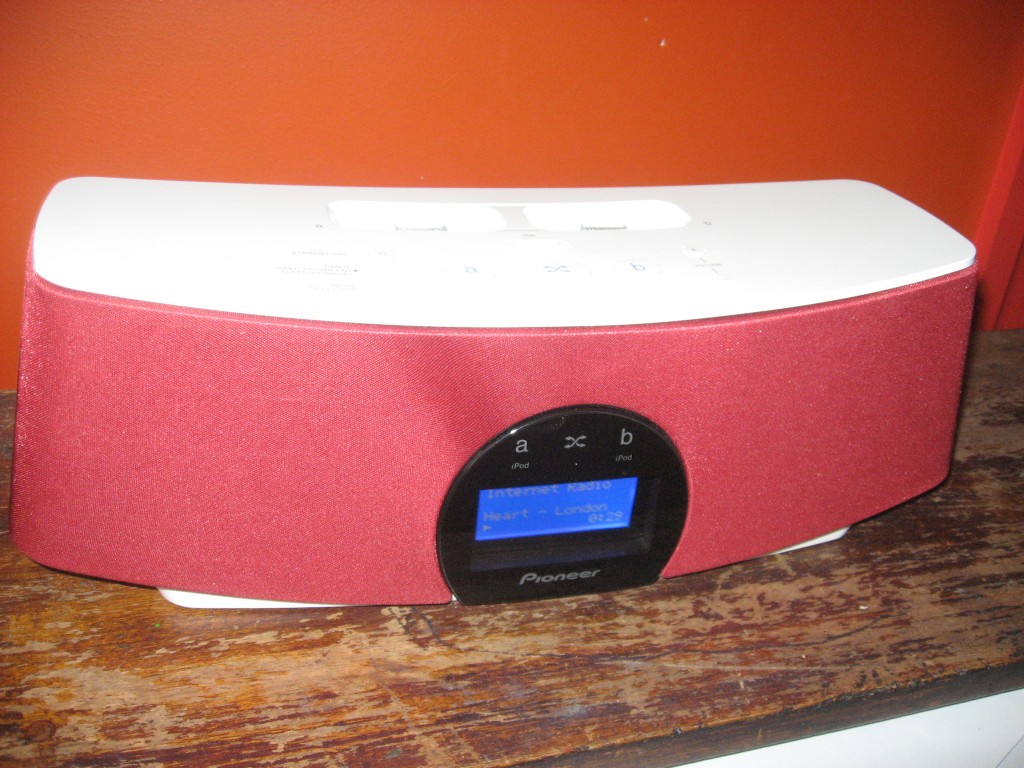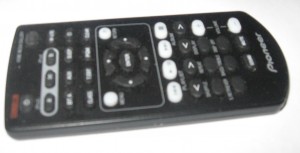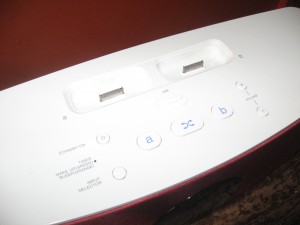This year, the Consumer Electronics Show in Las Vegas has achieved a record of 3100 exhibitors and has made an opening for newer technology companies. This is through the establishment of the “Eureka Park TrendZone” which had space for 94 of these startups.
For Microsoft, this year was their last appearance as an exhibitor and Paul Allen had given the last keynote speech for that company at the CES. They will simply work alongside their hardware and other software partners at further events.
Trends
The major trends have been taking place with the portable and mobile computing aspect of our lives. This is mainly in the form of more powerful smartphones and tablets as well as an increased number of Ultrabooks – small slim ultraportable computers that snap at the heels of the MacBook Air.
Technologies
Energy-efficient powerful processors
This show is being used to premiere NVIDIA’s Tegra 3 ARM processor, which is an improved processor for mobile devices. This is intended to allow for increased power and longer runtime for these devices. This processor isn’t just intended for the tablets but also for use in the car dashboard as has been demonstrated with the latest Tesla electric supercar.
As well, Intel were premiering their Ivy Bridge “classic” processors which are optimised for improved graphics while being energy efficient. These processors are intended for the upcoming generation of laptops including the Ultrabooks.
New operating environments for the regular computer
Microsoft were also demonstrating the Kinect gesture-driven user interface on the PC and this wasn’t just for gaming like its initial XBox 360 application was. They used this show to promote Windows 8 as being the next computer operating system for tablets and regular computers.
Bluetooth Smart and Bluetooth Smart Ready
It was also the year that Bluetoot 4.0 a.k.a. Bluetooth Smart was being promoted. This was a very low-power Bluetooth specification which made the technology work properly with sensor applications due to allowing these devices to run on a pair of AA batteries or a watch battery for many months.
Bluetooth Smart Ready devices could work with these Bluetooth Smart devices and permit them to work in an energy-conserving way. This has legitimised the Bluetooth technology in personal health and wellbeing applications, with this application class being premiered at this show.
Mobile Computing
One technology that is affecting this class of devices is the launch of LTE-based 4G wireless broadband in to most of the USA by many of the US mobile carriers. This is expected to allow for higher data throughput and bandwidth for the data-based services.
Smartphones and Multifunction Internet Devices
One major brand change that occurred over this show was Sony’s handheld-communications identity. This was previously known as Sony Ericsson but is now known simply as Sony Mobile Communications.
Here, Sony had launched the Xperia S Android phone and their first LTE-enabled phone inthe form of the Xperia Ion. These are also to be “PlayStation capable” which allows them to run Sony’s PlayStation games in the manner they are meant to be played. They also released the Walkman Z series which is Sony’s answer to the Apple iPod Touch and the Samsung Galaxy Player multifunction Internet devices.
Samsung had released their Galaxy S Blaze 4G which is their LTE-enabled iteration of their Galaxy S Android phones. LG also released some more of the Spectrum Android smartphones to the US market. Lenovo had launched the first Intel-powered Android smartphone in the form of the K800.
But, for the Windows Phone platform, the big announcement was Nokia’s Lumina 900 which was a Windows Phone equipped with a 4.3” AMOLED touchscreen. Was this a way for Nokia to claw back in to the multifunction smartphone category again?
Tablets
Here, this device class has become more powerful and capable, especially with the spectre of Windows 8 coming around the corner and a strong effort by all to unseat the iPad from its dominant position.
Toshiba had shown a 13” and a 7.7” prototype tablet but were exhibiting their 10.1” Android tablet/ As well, Coby were launching 5 ranges of 7” and 10” Android Ice-Cream-Sandwich-powered tablets with the maximum having 1Gb RAM and 32Gb expandable flash memory.
Acer had launched the Iconia A700 series 10” tablets with Tegra quad-core horsepower, 5Mp rear camera and HD front camera, and driven by Android Ice Cream Sandwich.
Asus had launched the Transformer Prime Mini 7” Android 4.0 comverrtible Android tablet which coudl be similar to the EeePad Memo. This Android Wi-Fi tablet was a 7.1” 3D-screen-equipped unit with 5Mp rear camera / 1.2Mp front camera, stylus and 64Gb flash storage.
Samsung had used this show to premiere the Galaxy Note to the US market and premiere the Galaxy Tab 7.7 LTE which was enabled for the 4G wireless broadband networks.
Sony had launched their S1 Android Homeycomb powered tablet. This one had a 9.4” screen and could work as an electronic picture frame or alarm clock; and was able to work with 4G LTE wireless broadband as well as Wi-Fi. Of course it would work with the DLNA Home Media Network and implemented an “off-centre-of-gravity” position for stability. They also showed the Tablet P clamshell tablet to the US market even though it was available in other markets. They weren’t sure if it would be launched in the carrier-controlled US market.
Regular computers
Ultrabooks and other “traveller” notebooks
This year had been a changing year for the lightweight “traveller” notebook computer. This class of computer had seen the tablet computer appear as a serious competitor and Intel had defined the “Ultrabook” as a new lightweight slimline class of portable hotspot-surfing computer.
ASUS and Lenovo had exhibited convertible Ultrabook computers which could become tablets, with Lenovo’s example known as the Ideapad Yoga which was powered with the Intel Ivy Bridge chipset.
Acer’s next Ultrabook is the Aspire S5. This was claimed to be the thinnest Ultrabook and had an 8 hour battery runtime. It also had a USB 3.0 and Thunderbolt peripheral connect for use with higher-capacity hard disks for example. LG also launched the XNote Z330 Ultrabook as did Toshiba with the Portege Z835 and HP with the 14” Envy Spectre Ultrabook.
Lenovo were exhibiting their IdeaPad U310 (13”) and U410 (14”) Ultrabooks with a choice of processors but with 4Gb RAM and a choice of 64Gb SSD or 500Gb regular hard disk. The 14” U410 variant was also available with 1Gb NVIDIA graphics.
Dell has jumped in to the Ultrabook bandwagon with the XPS 13. This had the standard spec set with an Intel Core i5 Sandy Bridge processor, 4G on the RAM and a choice of 128Gb or 256Gb solid-state storage. The display is typically the 1366×768 resolution with Gorilla Glass screen as well as Bluetooth 3.0. Like the HP Folio 13 Ultrabook, this could be available in a “big-business package” with the business-security and customisation needs or as a regular consumer/small-business package.
Samsung launched their redesigned Series 9 ultrabooks with 13” amd 14” models. These were powered by a Core i5 processor and were equipped with 4Gb RAM and 500Gb hard disk as standard. The 13” variant had a 128Gb SSD as an alternative option.
Of course, the Ultrabook and the tablet had placed doubt on the viability of the 10”-11” netbook. But Lenovo was one of the few who had pushed on with a netbook in the form of the S200 and S206 series. These 11.6” units are available with an AMD or an Intel Atom chipset and have 2Gb RAM and a choice of 32Gb SSD or 500Gb hard-disk secondary storage.
Laptops
Of course, the regular 15”-17” laptop has not been forgotten about with the calibre of these computers approaching “multimedia” specifications. Most of the 17” units had 1080p resolution and were equipped with Blu-Ray as a standard or option for their optical disks. The hard disks came in the order of 1Tb or, in some cases, 2Tb and system RAM was in the order of 8Gb.
For graphics, most of the laptops on the show floor had NVIDIA graphics chipsets with display memory of 1Gb to 2Gb and able to operate in dual-chipset “overdrive” mode. Samsung even exhibited the Series 7 “Gamer” which was pitched as a thoroughbred clamshell gaming rig.
In-car technology
This year was a chance for new upstarts to integrate the car with the Internet. MOG and Aha by HARMAN have increased their “Web-to-radio” footprint by integrating CBS Radio into their Web content aggregation lineup and partnering with Honda, Subaru, JVC and Kenwood to increase their equipment availability. This is in addition to improving the Aha iOS app and porting this same app to the Android platform this year.
Similarly, Parrot have extended their “Asteroid” Android-driven in-vehicle infotainment platform to three different devices – the Asteroid CK which yields telephony and audio content;, the Asteroid NAV which also provides GPS navigation and Internet access via Wi-Fi; and the Asteroid 2DIN whcih is effectively a car-radio replacement by having integrated AM/FM/RDS tuners.
Stay tuned tomorrow for the next instalment of the Consumer Electronics Show 2012 series which will cover the networked lifestyle at home.

